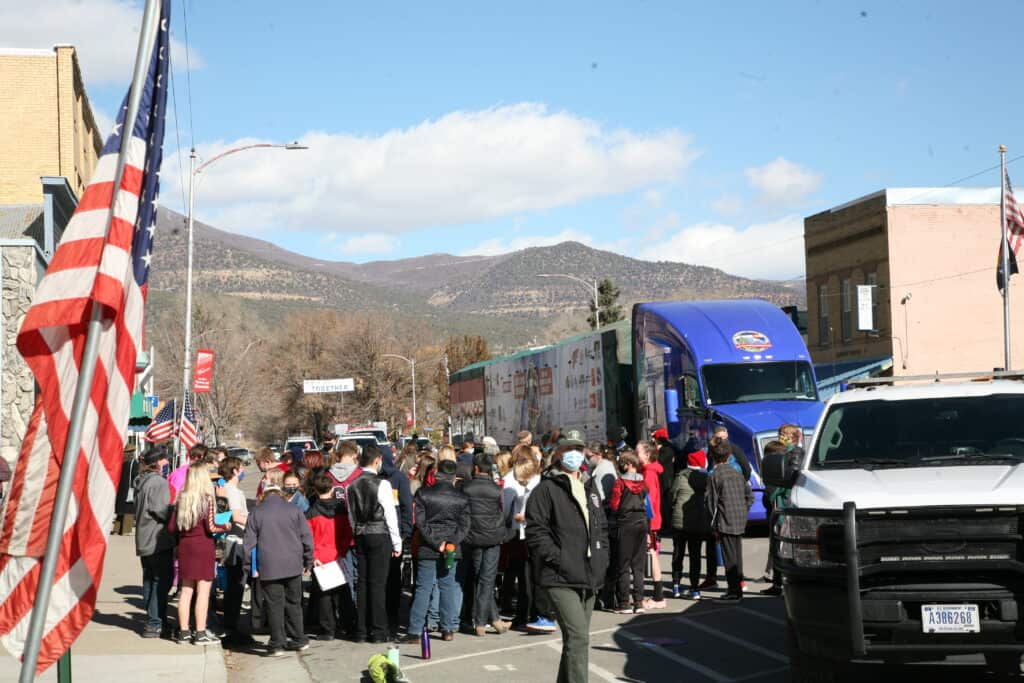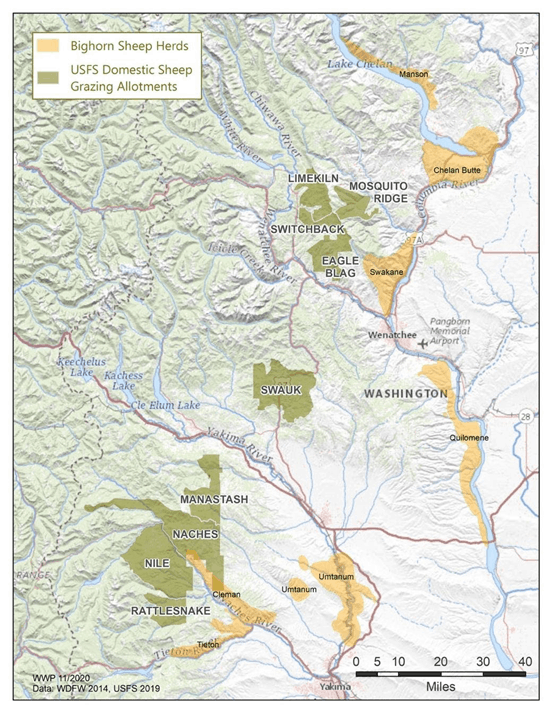The December 23 Forest Service summary is here: Litigation Weekly December 11 18 23 2020 Email
Case materials are provided in the links below.
(There is no actual summary for December 4, but there was one case noted in the cover email.)
COURT DECISIONS
- Alliance for the Wild Rockies v. United States Forest Service, (E.D. Wash.) – 0001_Alliance 19-350 Order
On December 1, 2020 the Eastern District Court of Washington issued a favorable decision to the Forest Service and the U.S. Fish and Wildlife Service, regarding the Mission Restoration Project and Forest Plan Amendment #59 on the Okanogan-Wenatchee National Forest. The Project was consistent with the forest plan and did not violate NEPA (with an EA) or ESA (not likely to adversely affect grizzly bears).
- Friends of the Bitterroot v. Anderson (D. Mont.) – 0002_Friends 20-104 Order
On November 24, 2020 the District Court of Montana dismissed the case against the Gold Butterfly Project and a project-specific forest plan amendment as moot for lack of jurisdiction, since the Bitterroot National Forest withdrew the record of decision on August 28, 2020 to provide additional review and analysis.
- Alliance for the Wild Rockies v. U.S. Forest Service (D. Idaho) – 0003_Alliance 19-445 Order
On December 3, 2020, the District Court of Idaho issued another decision against the Forest Service on the Lost Creek-Boulder Creek Landscape Restoration Project on the Payette National Forest, denying Defendants motion to alter or amend the court’s summary judgment in favor of plaintiffs, resulting in the total vacatur of the 2019 decision. (The original court decision is provided here, with links to other discussions.)
NEW CASES
- WildEarth Guardians v. Bail (E.D. Wash.) – 0004_Wildearth 20-440 New Complaint
On November 30, 2020, WileEarth Guardians and Western Watersheds Project filed a complaint in the Eastern District Court of Washington against the Forest Service, challenging the authorization of domestic sheep grazing on seven allotments within the Okanogan-Wenatchee National Forest regarding continuing failure to reduce the risk of contact between domestic sheep and bighorn sheep, and alleging NFMA and NEPA violations.
- Center for Biological Diversity v. U.S. Department of Interior (D. Col.) – 0005_CBD_20-3580_New Complaint
On December 7, 2020, Center for Biological Diversity and Western Watersheds Project filed a complaint in the District Court of Colorado against the Department of Interior, U.S. Fish and Wildlife Service, Bureau of Land Management, National Park Service, and the Forest Service, regarding the Gunnison Basin Candidate Conservation Agreement’s Biological Opinion, for development, recreation, and livestock grazing authorizations in the Gunnison Basin, including the Grand Mesa, Uncompahgre and Gunnison National Forest. More information can be found in this article.
- Conservation Northwest v. U.S. Forest Service (E.D. Wash.)
- CONSERVATION NORTHWEST 1-main A
- CONSERVATION NORTHWEST 1-1
- CONSERVATION NORTHWEST 1-2
- CONSERVATION NORTHWEST 1-3
On December 7, 2002 Conservation Northwest and WildEarth Guardians filed a complaint in the Eastern District Court of Washington against the Forest Service regarding the modification to the vehicle class use designations and the motor vehicle use maps, which opens 117 miles of roads in the Colville National Forest to vehicle uses. They allege violations of ESA, NEPA and the Travel Management Rule. This article provides more background, including on Conservation Northwest as an infrequent plaintiff.
OTHER CASES
- Appalachian Voices v. U.S. Department of Interior ( 4th Cir.) (As described in the December 4 Litigation Summary email.)
On November 18, 2020 the 4th U.S. Circuit Court of Appeals denied appellants motion for a temporary stay of activities on the Mountain Valley Pipeline where protected fish are located. However, this order does not lift a hold on permits issued by the U.S. Army Corps of Engineers on November 9, 2020, which prevents the Mountain Valley Pipeline from completing stream crossings. (See next case.)
- Sierra Club v. United States Army Corps of Engineers (D. West Virginia; 4th Cir.) – 0007_Sierra Club 20-2039 4th Cir Order
On December 1, 2020 the 4th U.S. Circuit Court of Appeals issued a stay on the use of a streamlined Nationwide Water Permit 12 (issued by the U.S. Corps of Engineers) for the Mountain Valley Pipeline in the Huntington, West Virginia on the Jefferson National Forest.
Blogger’s update: The Forest Service has released its Final Environmental Impact Statement supporting eleven amendments to the forest plan and approving the permit to cross national forest lands. Additional information may be found in this article.
BLOGGER’S BONUS
- Rio Grande forest plan revision – ESA Notice of Intent
On September 14, Defenders of Wildlife filed a notice of intent to sue the Rio Grande National Forest (as well as the Fish and Wildlife Service) for violating the Endangered Species Act with its adoption of its revised forest plan. They assert that, when it revised the plan, it, “abandoned key habitat protections that have been in place for more than a decade that significantly limited the logging allowed in important habitat for the threatened Canada lynx,” and that, “the new standards open up hundreds of thousands of acres of lynx habitat in the Rio Grande National Forest to largely unregulated logging, increasing the threat to the small and struggling Colorado lynx population.”





